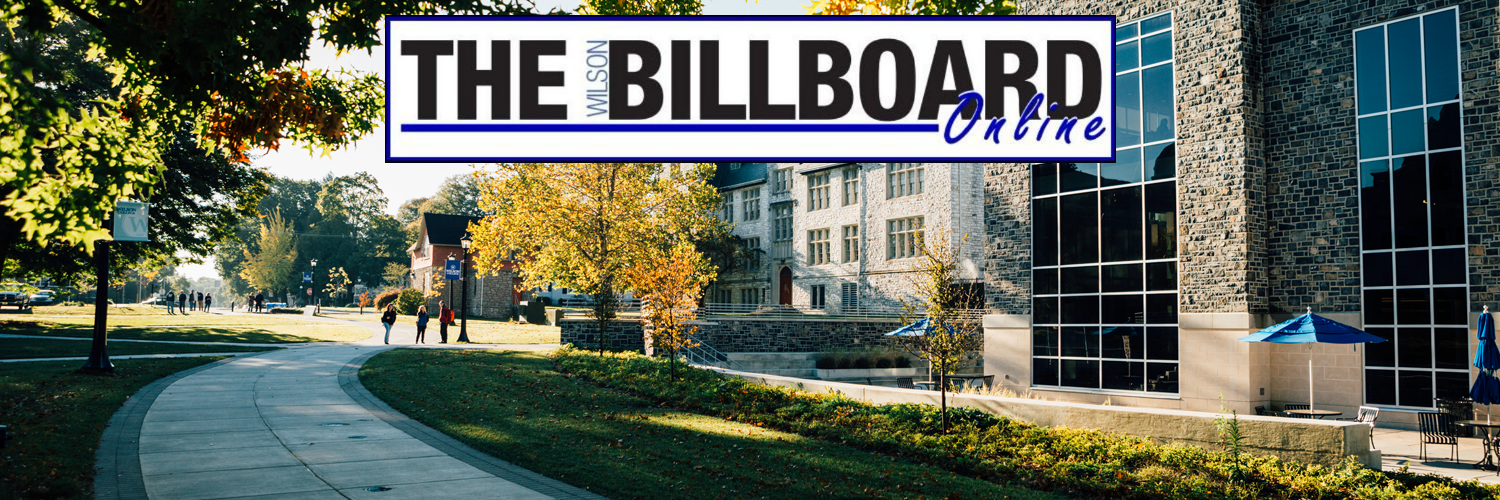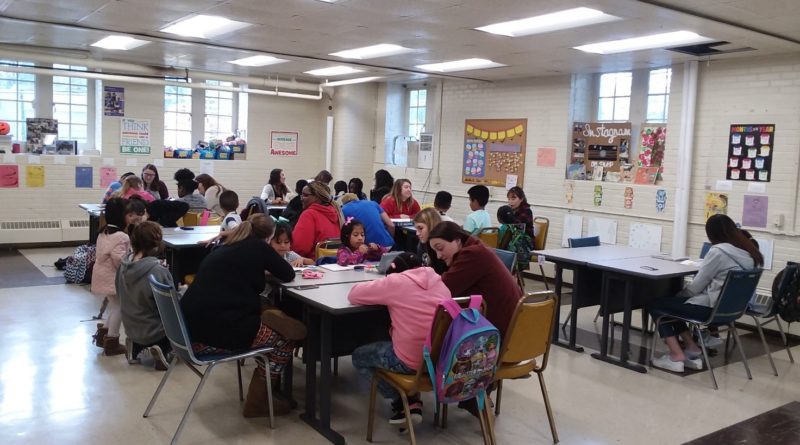Latinos Find Their Voice in Chambersburg
The recent talks surrounding President Trump and his stance on a border wall has sparked vociferous debate about the integration of Latin Americans into American society. Throughout the United States, Latinos are treated poorly, often forced to scrounge the bottom of the barrel for jobs and places to live. People from Latin America are often treated as such, with an overt display of microaggressions being directed towards them. This has become a habituated practice in the major cities of America with blatant acts of racism emerging. It is from this treatment that Latinos tend to isolate themselves and congregate in their own little neighborhoods or restaurants to get a reprieve from this constant hassle.
These tensions can be seen locally as Shippensburg University student Yajaira Perez ’21 details these microaggressions that she experienced growing up. Despite her exceptional language abilities, Perez was still haunted by the stigma that is placed on Latin Americans in the United States. An early recollection of this is when she was at a bus stop in fourth grade, and some teenagers drove by, opened their car door called her a “s—-” and spat at her before driving away.
There is a strong population of Latin Americans in major cities. According to the United States Census Bureau, Chambersburg’s population of 17.6% Latin American and Hispanics reflects the need to help with support and integration. This number dwarfs that of local major cities such as Pittsburgh at 2.9% and Baltimore at 5.0%.
This raises the question, what is the Chambersburg community doing to integrate Latin Americans into their society?
With such a large population of Latino’s, integration into the community is an essential focus that the city of Chambersburg is looking to improve and build upon.
Here, the community works intensively to ensure that Latinos are integrated into the community. Programs and systems have been set in place to allow for Latin American families to co-exist in America.
Education
This is most notably witnessed in the schools and education systems in the Chambersburg community. From the elementary schools through to college, education has become an essential part of integrating Latinos into the community.
The Chambersburg school district plays a large part in this integration, the high school in particular is where families send their children. Lisset Jones, the Assistant Principal of 12th grade at the high school notes that families like the school as it provides a newcomer program, this helps with the language, habituating them to school life, and placing students into a two year sheltered instruction program.
Jones further remarks that these students are offered the same opportunities with jobs, sports, and generally making them feel as comfortable as possible. The school is trying to find ways to motivate students as absenteeism is a problem. Furthermore, the high school has also hired a parent liaison, who tells parents their rights and helps with documentation.
Wilson College, as well as having a sizeable percentage of Latinos, also provides the Learning Campus program for local children to come in and experience a college environment for a couple hours on Tuesday and Thursday afternoons. A primary objective of this program is to expose children to a college environment making tertiary education seem more accessible for these families.
This program serves Hispanic and Haitian families and as Learning Campus Program Coordinator Jamie Burnett ’17 illustrates, this program provides “Equal opportunity for academic success, ensuring homework gets done, as parents might not be able to help, and provides hot meals.” In addition, this program helps participants, “Build a relationship with a mentor. If they didn’t come to the program, they wouldn’t have that support system.”
Burnett has noticed the program has been a success not only for participants but Wilson students as well, providing leadership, responsibility and building a relationship with the kids, is professionally beneficial for them.
Community
As well as through education, the Chambersburg community offers a wide variety of other programs and workshops to facilitate the adult Latino community. A majority of adults struggle with English and thus knowing their rights and their place in the community. A program that has gained traction is the Movement of Immigrant Leaders of Pennsylvania (MILPA). This program, according to the MILPA website, centres around staff wellness by integrating theories and practices of Restorative Justice.
Another aspect of life that the Chambersburg community is addressing is the health of migrant workers. This is achieved through the Keystone Migrant Health Program, which according to their website, was founded to provide health care to migrant and seasonal farm workers residing and working in Franklin County. A major component of life is taking care of one’s health, through this program migrant workers and the Latino community are able to make use of this resource and have their health taken care of while in the area.
In addition, quite often new Latino residents are unaware of services for which they are eligible. A program that seeks to assist with that is The Chambersburg Hispanic American Center (CHAC) which bridges the cultural and linguistic barrier between the Latino community and Chambersburg. According to their website, It seeks to integrate Latinos, both temporary and permanent residents, into the local community and help them to improve the quality of their lives.” It is a free service, offered in both Spanish and English, connecting people with jobs, housing and other social services.
Students from the community have also tried to get involved, particularly those of Latino descent. Tired of these microaggressions and being targeted based on the color of her skin, Perez took the initiative and was part of creating the first Spanish club at her old school in Mifflin County, encouraging the Latino community to help out in town. Moreover, Rene Quintanilla ’21 of Wilson College and a former ESL student has volunteered with MILPA in downtown Chambersburg to help integrate the Latino community.
Improvement
Despite these programs and the positive impact that Chambersburg has had on the Latino community there is always something that can be improved upon. Even in today’s society, people are ignorant of the Latino community and their culture, which has quite a strong presence in Chambersburg and the surrounding areas. In order to better relations between Americans and Latinos, Perez notes that “to continue to improve this relationship, people need to learn more about who the Latino community is and how they work for the community.”
Within the school, Burd mentions the need for better translation services particularly with an Individualized Education Program (IEP) meeting, as it needs to be translated verbatim, and they need to accommodate parents. Quintanilla and Effren Amezquita ’19 of Wilson College highlight the benefits of soccer and how it made them better people socially and academically keeping them in school which is something local clubs and schools need to advocate for.
Lecturer of Spanish Kathleen Cunnife-Pena remarks on the need for immigration reform. Pena notes, “We have 11 million people in this country who are undocumented.” Whilst this might be the case, the Latino population works hard for this country and contributes generously but are still segregated from society. To further allow for integration, Pena states “They should have a path to citizenship.”
Perez notes that just a simple question and being interested in learning about Latino culture makes her feel welcome and encourages everyone to be more culturally aware.

